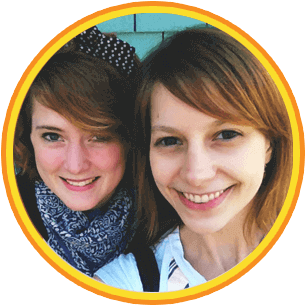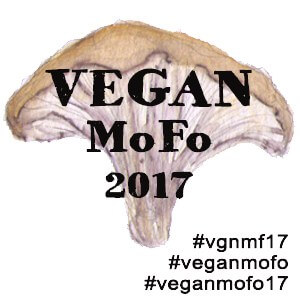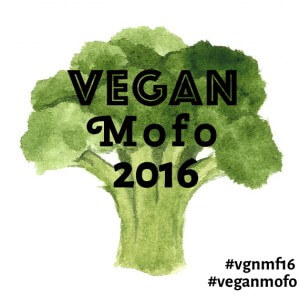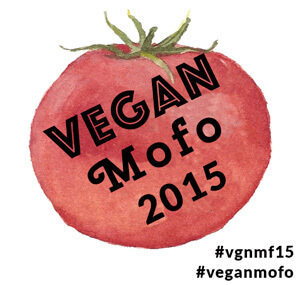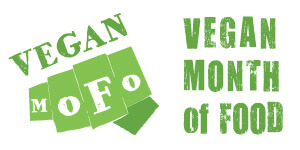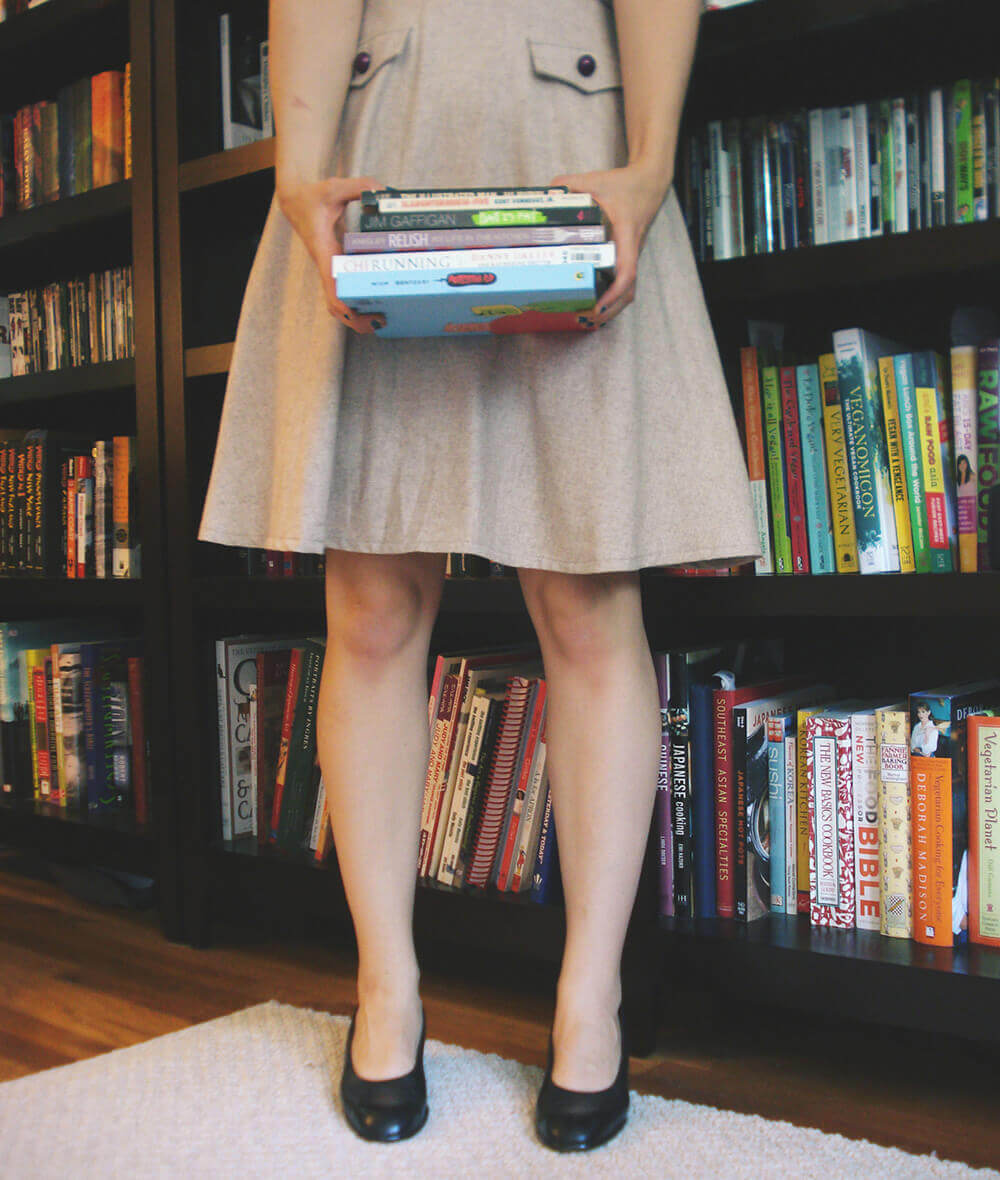
I’ve been a bum about documenting my reading. I wrote on post early on about what I read Winter 2014. Then I started to write about what I read in the spring but never finished the post. I would like to keep on top of these posts, so I wanted to make a compilation of what I read for the rest of the year.
What I am Currently Reading
ChiRunning: A Revolutionary Approach to Effortless, Injury-Free Running – I was trying to train for a half-marathon but never got close enough to doing it. I was hoping it would have tips on form and how to build stamina.
Sailor Moon Vol 1 – Alexa and I have been extra nerdy lately about Sailor Moon. I’ve been watching the old series, and Alexa has been watching the new one. The new series is suppose to be closely link to the mangas, so I figured I should brush up.
Norwegian Wood – I liked the short stores from After the Quake, so I picked up this novel by Haruki Murakami. I am a little disappointed by it’s lack of surrealism, but it is still very interesting historical/coming of age novel.
My Drunk Kitchen – Alexa suggested I pick up Hannah Hart’s new cookbook, and I listened. It is pretty darn funny and makes me think about how much I love humorous literature.
What I’ve Read
I am a huge Jim Gaffigan fan and for my birthday Jon got me his book Dad is Fat. The book is filled with short essays that are observations about raising 5 kids in a small apartment in New York City. Aside from it being funny, it is a nice reminder that people raise kids in less than perfect environments. There seems to be a lot of pressure to have have a house, have each kid in their own rooms, pay for college, have lots of toys, feed the right food, have this have that. Gaffigan tells the whole truth and is unapologetic about it.
I wouldn’t recommend reading Dad Is Fat straight through like I did. The book is composed of many short essays which don’t read well back to back. They would probably be a much more enjoyable read to pull out the book and read one or two of the stories at random. I think this is a great book for any parent. I still found it really funny, but it could be from my experiences living with my nieces and taking care of them. Although this isn’t a masterpiece it is really entertaining and is full of great observations about parenthood.
So I’ve might have been obsessing lately with vlogbrother, Mental Floss, and Crash Course videos. I figured that I should give The Fault In Our Stars a go (with some motivation from Junebugs and Georgia Peaches to read more YA fiction.) It is really easy to see why this book became so popular.
The story follows Hazel, a girl who is terminally ill, but survived through experimental treatments. She mostly stays at home and watches TV, but is forced to attend a cancer group at a local church by her mother. One group meeting she sees a new face- Augustus. The two connect by their love of reading and trying to track down the author from their favorite novel.
Of coarse, we have two characters, one who is terminally ill and the other is cancer survivor, we know this is going to be a sad novel. It is funny because Goodreads is littered with review of people saying how sad the novel was, or even that it tries too hard to be sad. I would have to disagree. I think John Green made a plausible relationship, and took an approach that wasn’t so sappy. In fact, I really dislike most romantic stories because they seem forced and unrealistic of what love actually is.
It has been awhile since I’ve read a book that I felt was really important. There has been books I found interesting, entertaining, had some good aspects, or terrible. But inspirational? Or felt like there was some important being said? I am surprised I haven’t heard more buzz surrounding the novel. I found it from A Practical Wedding’s Feminist Book Roundup, I was a little nervous that the book would lean more towards popular fantasy fiction, but I was very wrong.
The Handmaid’s Tale is a story that takes place in the future, pollution has made the land and human’s infertile. A new religious group rises in popularity and overthrows the United States government creating a new nation named Gilead. Society has been divided into strict classes, and giving very little rights to women. Women have been divided up as Wives, Marthas (workers), and Handmaids (forced child bearers). The story is narrated by Offred, a handmaid who is trying to conceive a child for another family. She talks both in her presence as a baby incubator and her past as a mother and wife.
Unlike other dystopian books, this one felt most relevant perhaps because birth control is a hot topic in politics. What makes this story so interesting is that it flips the way reproduction is controlled. Instead of the government dictating that you can’t destroy life, they dictate that you must create life. I think the depiction of the new religious order is respectful. Although it isn’t a flattering depiction of organized religion, Atwood picks practices used by religions in the past.
This is a great example of the power of science fiction. It takes a political topic of the day and puts it in an alternative setting, giving the reader to view the issue without the biases of daily life. The story puts in perspective the issue of pro-choice. It isn’t about life or death, but the control that is forced onto independent people.
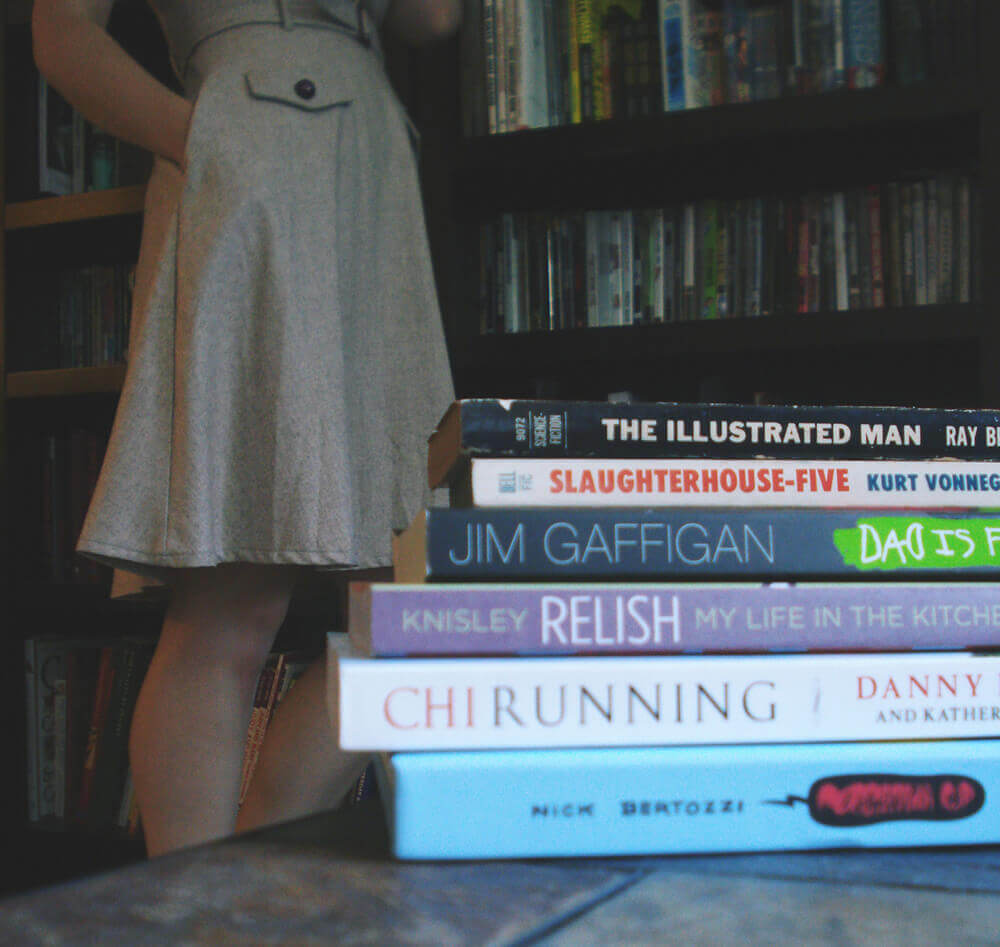
I originally picked this book because of the cover. I was curious how a tattooed man would fit into a sci-fi novel. The tattooed or “Illustrated Man” is the tying theme for the eighteen stories. The Illustrated man is a sideshow freak who can’t hold a job. He goes from carnival to carnival since his ink gives people the creeps. He spends the night with a fellow traveler, who finds out why people are afraid. The tattoos move at night, telling stories that happen in the future.
This story is a pretty weak string. This Illustrated Man is mentioned more or less at the very beginning and vaguely at the end. I wouldn’t mind this except for the fact that we read the stories as if they are on the same plane of time. Which could happen, but some stories seem to cancel each other out. Many take place on Mars, and don’t follow the same frame of events. One story follows the entire African-American population who flee from prejudice to Mars, another talks about how we first land on the planet and try to convert Martians to Christianity, etc. It is hard to figure out where these stories happen first, and how they relate to each other. But these stories were written for other publications originally, so they naturally read separately.
Like any short story collection, some are simply better than others. I found that there were some really great stories, and that makes it worth the read. I just wished they didn’t try to tie all the stories together and just left it as a collection of short stories.
Mayhem Books caught my attention when they focused a post on In Clothes Called Fat. The story focuses on Noko, an average girl who is rather fat. Her quiet disposition gets her bullied at work, and her weight is usually the point of harassment. She copes by eating food and leaning on her boyfriend- at least until she finds out that he is sleeping with her co-worker. Noko tries desperately to save her job and relationship by loosing weight.
By no means this is an easy read. The story deals with a big topic- anorexia and bulimia. Anno tried to depict eating disorders as more than just dieting gone wrong, and show that they are deeply seeded issues. Noko over eats since she is unhappy. She throws up since she want to live up to other people’s expectations. She doesn’t eat to try and “improve” herself. But I have a problem with her “dieting coach.” Her character is devoted to make other women beautiful, which is why she opened a dieting clinic. She is suppose to the voice of reason in the crazy world that Noko lives in. She comments about how Noko is a lost cause since she doesn’t eat for herself, she doesn’t stay thin for herself. Although there is truth in that sentiment, Noko will never have a healthy relationship with food until she takes a look at herself, not at others expectations. But the focus on Noko’s ultimate goal of being thin seems off.
I am also not thrilled by the bluntness of the other characters. Noko’s boyfriend has a weird obsession with dating fat and submissive girls. There is little details of the reasoning behind it. Then there is Noko’s fatphobic co-worker that bullies the whole office. She is much too blunt and quick to admit that she hates Noko because she is fat. These characters could of been more subtle and better developed.
I picked up this book thanks to Alexa and her comic booking ways. She shared a Kickstarter link for a comic called Persimmon Cup. Nick Bertozzi teaches at the same school that Alexa went to (heads up girls he got some hot ratings!) So I thought the art looked cool, and figured why not? I donated money and kind-of forgot. Then randomly in the winter I got a package, it was my copy of the book!
I think it is worth noting before I go any further that you can buy Persimmon Cup directly from Nick’s Store Envy page. I think it is always a good idea to support artists and their independent projects.
The story follows Garo and Persimmon. They live in another world in a society with a strict class structure. Garo is a cleaner, and Persimmon is from the high class of the weavers. Garo finds a stone to give Persimmon, but only finds that it made her ill. It turns out that the stone hurts everyone who touches it except for the cleaners.
The alien landscapes and people make me think of The Fantastic Planet. Intelligent creatures living in the open elements. Bertozzi creates a beautiful environment and characters. He blends intelligent creatures with the fictional landscapes and animals in the real world. All the living creatures have a distinct relationship with their natural environment, creating a very sensitive natural order. The landscape is full of rivers, rocks, caves, and lots of holes, but lacks vegetation. Everything is bright and colorful, making the world seem in toxic like a poison arrow frog.
We, the readers, are thrown straight into a world that resemble little of ours. People don’t eat the same way we do. They don’t use technology like we do. Even water behaves differently than ours, acting more like a wall or mountain rather than flowing on land. And because of this, the reader is on the same level as the two main characters. As the story continues we know just as much as Persimmon about her disease. We can’t speculate on what it could be. It isn’t a detective story where you try and guess the killer before the end of the novel.
The book is a great read but isn’t perfect. There were a few times I felt a little confused about what was going on. The biggest let down is that the story is not concluded. We are left in the middle of the quest, and I am looking forward to the next installment. The strength of this book is their visuals, and I would love to see what new ideas Bertozzi will come up with.
Relish: My Life in the Kitchen
This is an autobiographical graphic novel by Lucy Knisley about her life and food. She bounces back and forth from different points in her life to explain how food shapes heself. Her stories ranges from musings, explaining food, and telling stories. What is refreshing about Relish is that tone of the story. Knisley talks to you like she is trying to share the joys of eating, not educate you about it (like her illustrations explaining the varieties of cheese.)
A good portion of the story talks about how her parents divorce. She went from living in the city to the country side. Knisley humbles us with the harsh realities of food, the death involved for meat, and the hard work to get food from the fields and to your table.
Food shapes the relationships around her, and develop the characters. I love the picture Knisley paints by talking about her mother and father with food. Her mother is down to earth and is more interested about where her food is coming from. On the other hand her father is more focused on the technique and indulgences of foods.
This is a book that gets you excited about food. She holds no high standards, understanding there are joys in high end foods, and joys in a candy bar. Perhaps this story could even give the pickiest eater the motivation to try new foods.
Sailor Twain: Or: The Mermaid in the Hudson
My mother bought this book after listening to a podcast, and I was a little skeptical since I wasn’t a fan of Boxers & Saints (another recommendation from the same podcast series.) I wasn’t a big fan of the drawings, as I thought the people looked slightly too borderline cartoon-y. But on the flip side I liked the rough styling from using charcoal. After a few chapters, you get soaked into the art style and absorbed into the plot.
The story tells about Sailor Twain, who spends his days on a boat going up and down the Hudson River. He is married but works so frequently that he only sees her twice a year. One night hears someone hurt in the waters, and brings her on board. Turns out it wasn’t a woman drowning, but a hurt mermaid.
The story is more centered about sex and human emotions, a far cry from our modern views of mermaids. What makes the story more interesting is the local feel I get since the story is based around New York City, so many of the towns are familiar. I also like how it is set in American rather than Europe. Fairytales have been sugarcoated over the past 100 years. So it is nice to see old themes brought to the new world.
It took me forever to finish this novel. I tried reading a little bit each night before bed, but found it too difficult. The nature of the story makes it hard to follow in small clumps. I eventually took one weekend to start from the beginning and read it through. It was well worth it, the story does more than make an argument against war. It talks about how war effect life afterwards. The disjointed memories are like Post Traumatic Stress Syndrome, and Billy Pilgrim tries to make sense of it all.
I had to watch the movie made in 1972 for a class about time theory. After watching it I was blown away and wanted to read the book. Now that I have, it is funny how the themes suddenly have changed. Oddly I don’t have much to say about the book that hasn’t already been said. I think Crash Course does a great overview of the themes presented in the novel.

